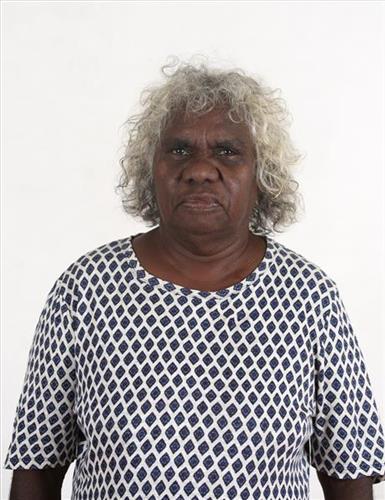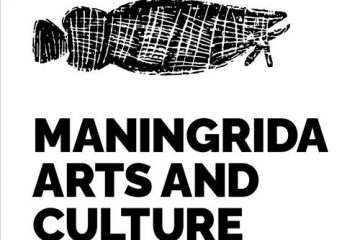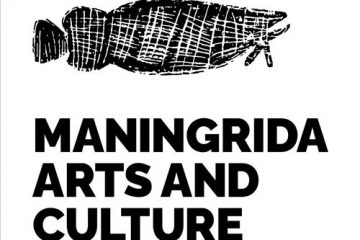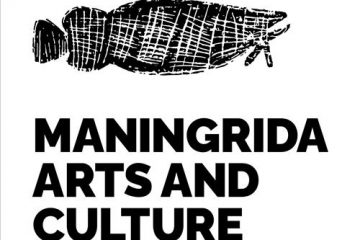111982401472
Jin-gubardabiya
A large woven oblong mat, worn as a skirt or a shawl.*
Jin-gubardabiya is one of the most important An-nguliny clan designs.
The descriptive Gun-nartpa word jin-gubardabiya literally means ‘she who fans herself’ or ‘she who waves herself’. It is used to describe mermaids and it is sometimes used to refer to the conception spirits that live in the clan waterhole.
*Source: Burarra-Gun-nartpa Dictionary, Summer Institute of Linguistics, NT, 1994
All other information is sourced from: Gun-naypa Rrawa – My Country by Crusoe Batara England, Patrick Muchana Litchfield, Raymon Walanggay England and Margaret Carew; Batchelor Press, 2014, pp 14-17.



